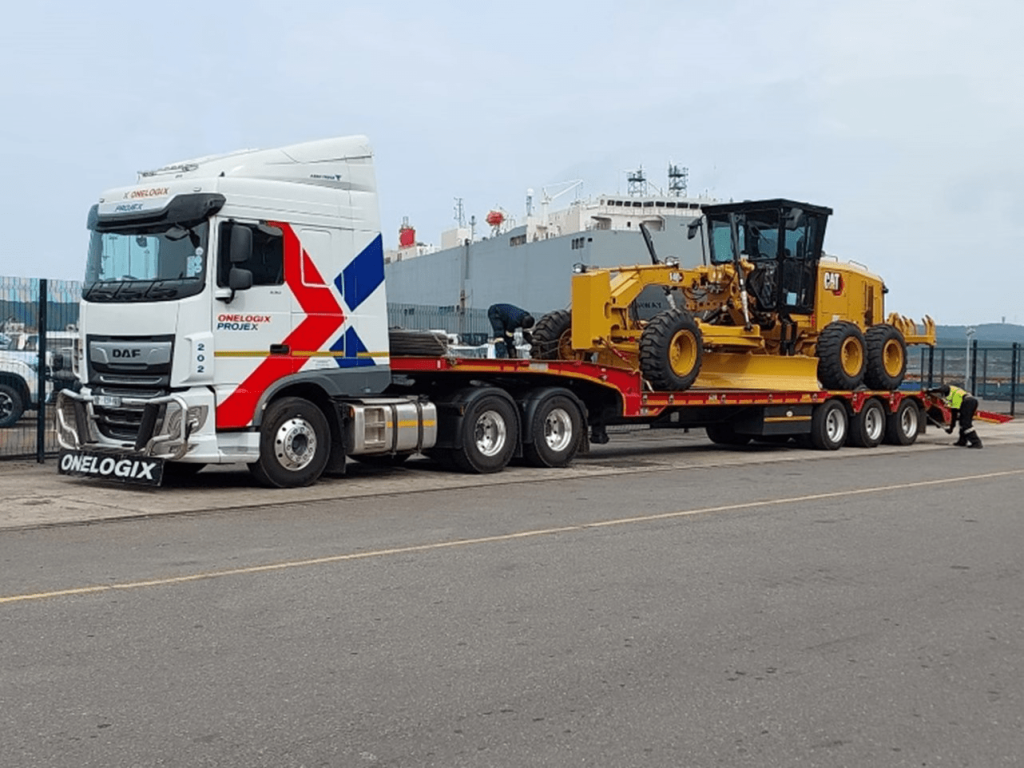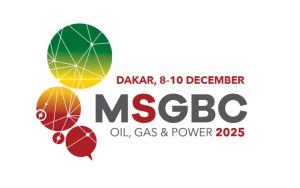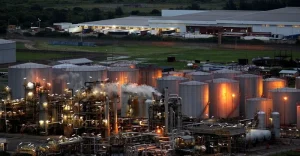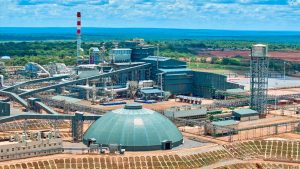By Nick Fryer Vice President Of Marketing, Sheer Logistics
As construction companies face tighter margins and shifting market conditions, finding efficiencies in every part of the supply chain has become a priority.
Equipment haulage, while often overlooked, can be a major source of hidden costs when it is not managed effectively. With the right logistics strategies and technologies such as route optimization, real-time tracking and transport management systems, companies can reduce delays, cut costs and keep equipment available when it is needed most.
Hidden costs
Fuel, labour and last-minute permits are the three big costs that inefficient equipment haulage incurs, but as any freight broker will be able to tell you, there are plenty of hidden expenses that lurk beyond these, including:
- Project delays: When equipment haulage isn’t scheduled and planned correctly, it can very quickly lead to construction delays. Losing even one day on a site can snowball into various other disruptions and lead to wasted labour hours and disappointed clients.
- Equipment damage: Poor routing isn’t just about timing, though. It’s also a matter of wear and tear. When equipment is in transit for unnecessarily long or transported on bad routes, it increases shock exposure and risk of damage. This adds up over time and shortens the lifespan of expensive equipment.
- Higher insurance costs: Bad logistics can very easily result in accidents and damaged loads, which leads to reduced insurability and a host of insurance costs.
- Missed opportunities: This may not be as easy to quantify as fuel costs or labour hours, but it’s a significant consequence of inefficient equipment haulage. So much of construction and haulage is simply about being able to be there for the job when the job arises. Slow logistics can mean losing out on those opportunities or at least developing the kind of reputation that means businesses are skipped over in favour of competitors.
Optimizing routes
Downtime is one of the biggest killers of fleet success, and little can address the issue better than smart routing and scheduling platforms. The technology uses live trackers in the form of GPS and sometimes IoT sensors to monitor transportation and cargo assets, alongside external data regarding traffic, weather, road limitations, etc. This data is then fed through an AI-powered algorithm to determine the most efficient route possible.
Route optimization platforms will also use historical data and trends from prior haulage experience to fine-tune their suggestions even further. It’s why the technology has been shown to decrease fuel costs and delays. There’s much less risk of unnecessary downtime in traffic or drivers getting stuck with overloaded vehicles on incorrect roads when this technology is involved.
It simplifies and demystifies logistics decisions so that equipment is taken along the most efficient and low-risk routes possible. Businesses can even choose which priorities they want the platform to focus on so that routing and scheduling meet the exact needs of the project or equipment at hand.
Cross-border and regulatory challenges
Navigating cross-border permits and regulations is a costly thing to do badly. It so often leaves equipment stuck at the border or incurring massive fines simply because a document wasn’t completed correctly or cargo was slightly overweight.
A Transport Management System (TMS) can untangle this complex web of cross-border challenges and ensure that fleets are properly prepared with everything they need to avoid delays or penalties. The technology will analyze regulations along the route and flag required documentation, as well as ensure that general transportation and cargo decisions meet those regulations. Some permitting and compliance tools will go as far as automating permit applications and sending alerts when they’re approved or need to be renewed.
Tracking devices, as mentioned previously, can also be a vital tool in avoiding compliance issues. GPS tracking makes it much easier to prove compliance with sustainability requirements, for example, as it provides much-needed traceability and transparency. It’s also why many insurance providers offer lower premiums for fleets that use the technology.
Achieving better uptime
The core issue that costs fleets uptime is a lack of availability, and so much of that availability rests squarely on the strength of the logistics team. If trucks are being sent along inefficient routes or permits aren’t being handled properly, it results in late deliveries and frustrated construction crews as they wait for crucial equipment.
Logistics that run efficiently, however, and use smart technology to send equipment along the fastest routes, and consistently meet scheduling targets, ensure that projects never miss a milestone. There’s a similar impact on cost.
The combined use of route optimization software and a TMS can ensure more precise deliveries and compliance, which in turn saves on fuel, fines, and underutilized labour. Not only that, but the technology helps address the hidden costs of these issues so that equipment haulage is more efficient and available to meet the needs of any given project.







